Published on: 4th July 2023
To celebrate NAIDOC Week, we interviewed Patty, a Deaf indigenous woman and member of the Deaf Indigenous Dance Group (DIDG). Patty shares her experiences, insights, and passion for traditional dance, emphasising the importance of intergenerational knowledge and cultural identity. This interview sheds light on the significance of elders in indigenous communities and highlights the unique cultural elements embedded in Indigenous dance. Watch the video to learn more about Patty’s journey and the profound impact of DIDG.
“For Our Elders”
The 2023 NAIDOC Week theme is “for our elders”, to Patty, this means serving as a role model and a source of connection for younger generations. Patty highlights the invaluable knowledge elders possess, which encompasses culture, language, background, and identity. For children seeking a special connection and guidance, elders play a vital role in preserving and passing on indigenous traditions.
From Jazz and Ballet to Indigenous Dance
Patty’s dance journey began with jazz and ballet training at a young age, guided by professional dance teachers. However, she emphasises that Indigenous dance is profoundly different, with a cultural element that sets it apart. Patty recounts how she discovered the significance of music and vibrations, exploring how they resonate within her body. Traditional dance, with its distinctive sounds and sensations, fascinated her and motivated her to delve deeper into her indigenous heritage.
The Birth of DIDG: Inspiration and Unity
The Deaf Indigenous Dance Group (DIDG) was born out of a shared passion for dance, communication, and cultural expression. Patty explains that Priscilla Seddon was the driving force behind the establishment of DIDG. The group provides a platform for Deaf indigenous individuals to come together, dance, and engage in meaningful conversations. Inspired by Priscilla’s vision, Patty and her fellow dancers formed a community that celebrates their unique identity and bridges the gap between Deaf and indigenous cultures.
The Significance of Traditional Dance
Traditional dance holds profound importance for Patty and her community. She describes how her family’s adherence to a totem animal taught them about identity, tradition, language, and culture. Through generations, Patty and her peers have learned the intricacies of dance and other cultural practices, building a deep connection with their indigenous heritage. Traditional dance serves as a vessel for preserving and sharing stories, customs, and ancestral knowledge.
Advice for Young Artists
Patty offers valuable advice to young people, especially those with indigenous backgrounds, who aspire to explore the arts or dance. She encourages them to seize all available opportunities, from participating in activities and art groups to attending camps and joining dance or DJ groups. Patty believes that these experiences foster growth, cultivate talent, and provide a strong foundation for artistic expression and cultural celebration.
Indigenous Sign Language and Auslan
In the interview, Patty clarifies the distinction between Indigenous Sign Language (ISL) and Auslan (Australian Sign Language). She emphasizes that sign languages differ worldwide, with ISL being unique to indigenous communities. The diversity of sign languages reflects the rich cultural tapestry of various indigenous groups globally.
Capturing the Spirit of Dance
The interview also highlights photography by Sean Davey, who generously offered his talents to capture the essence of DIDG. Through Sean’s lens, the power and beauty of indigenous dance are immortalized, inviting viewers to appreciate the profound cultural significance of this art form. You can view his collection in Brisbane at the State Library of Queensland from July. Click here for more information.
Keep up to date with the Deaf Indigenous Dance Group on their Facebook page.








